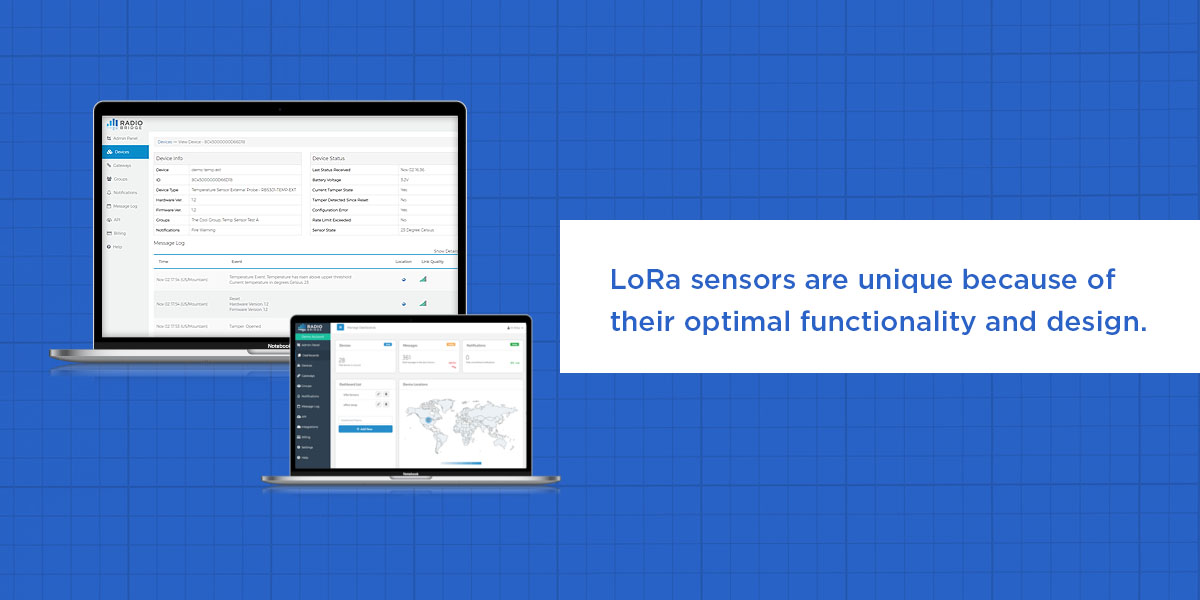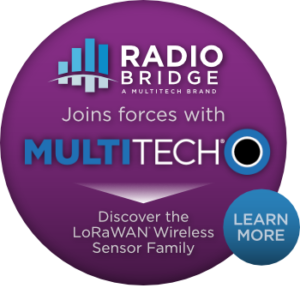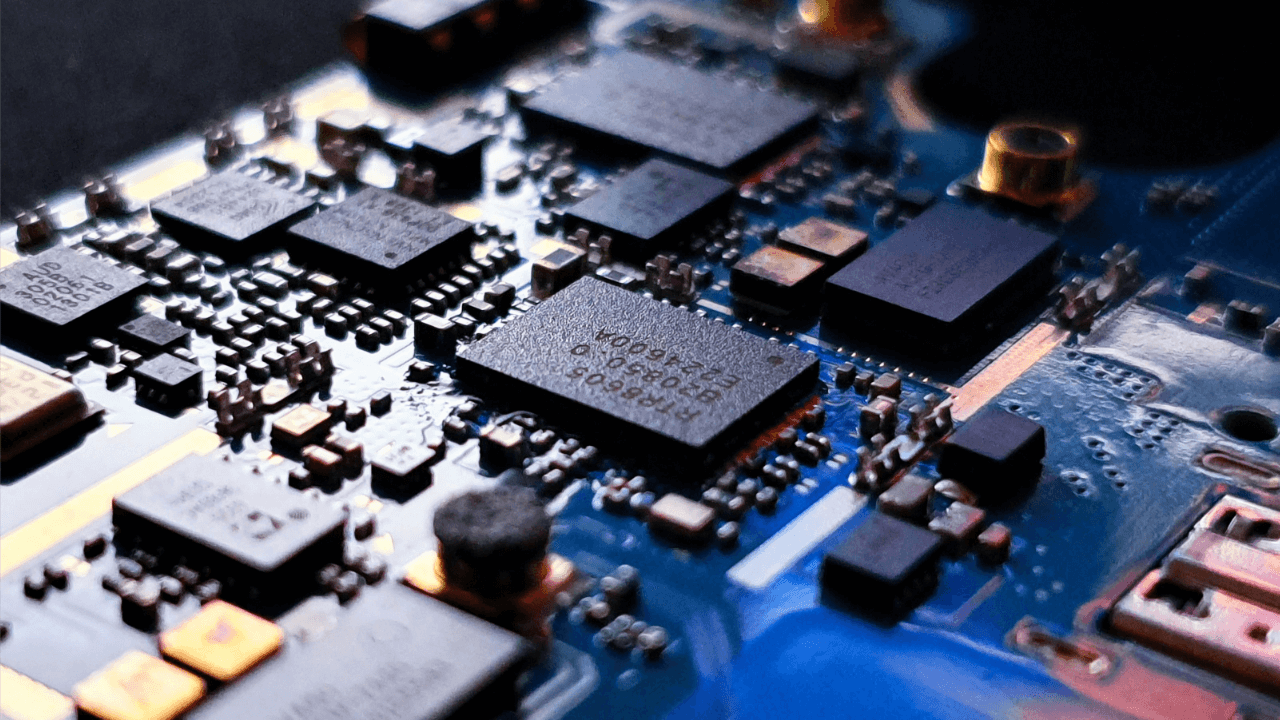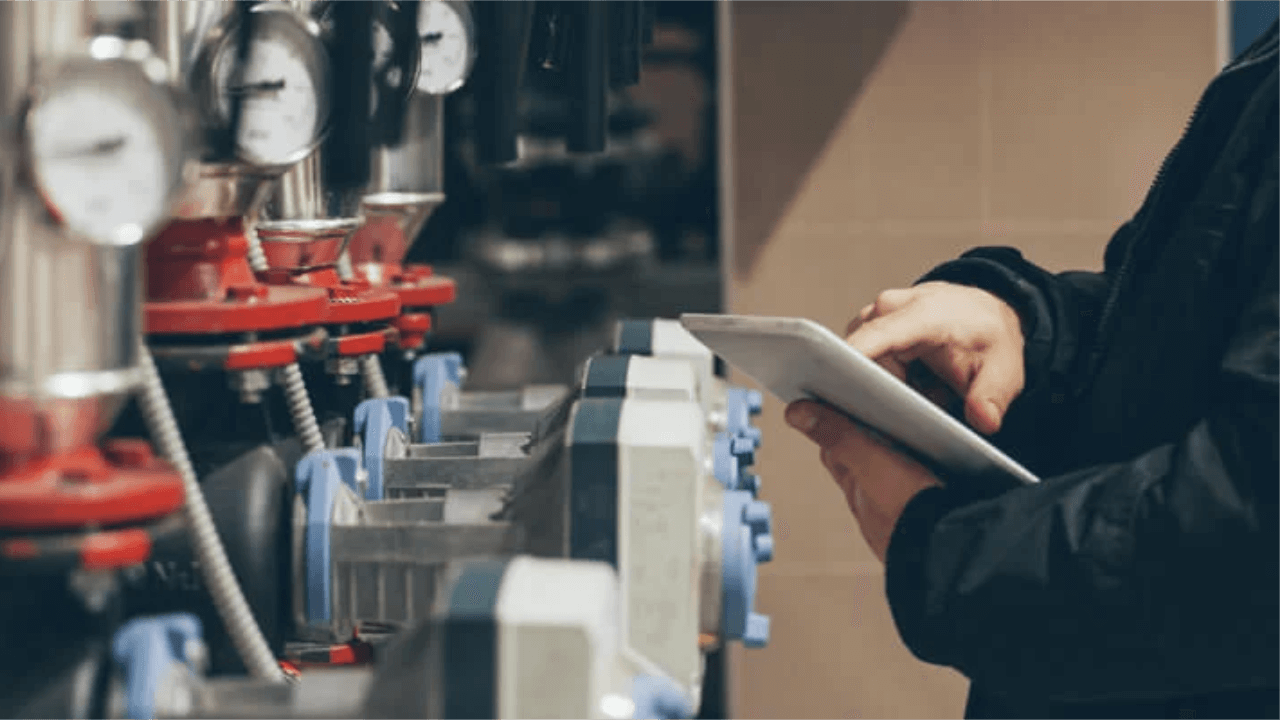
LoRa® technology is a great way for businesses to transmit and receive data from various devices in an organized and efficient manner. With multiple functions that enhance their performance, your business can integrate high-quality systems that use less battery power, have more bandwidth and are cost-efficient.
What Is a LoRa Sensor?
A long-range radio (LoRa) sensor is a method of transmitting data for the Internet of Things (IoT) and machine-to-machine (M2M) devices through the cloud. LoRa sensors have a wide range of compatibilities, allowing you to connect them with various machines, devices and even animals and people. These sensors often connect with Smart devices, like smoke alarms and vending machines, to help monitor devices.
Because LoRa devices can cover long distances, they require less infrastructure to use, allowing them to be inexpensive and easy to implement into your network. Further, you can update their algorithms easily to lengthen battery life and network range, allowing you access to easy maintain of your LoRa devices.

How LoRa Sensors Work
LoRa sensors connect with gateways. This connection happens via LoRa technology, allowing the gateway and LoRa device to transmit information to each other.
After the gateway receives data, it connects with the cloud through an IP address, allowing your cloud storage to receive your information and store it in your specific database. Once safely stored in the cloud, the cloud sends your data to you via an API connection, where you can access it through a web service or frontend connection.
8 Key Features of LoRa Technology
LoRa sensors are unique because of their optimal functionality and design. There are eight main features of a LoRa sensor, each offering a unique and specified way LoRa sensors can best serve you and your business. These components include:
1. Specification
LoRa sensors have the ability to function as specified wireless sensors that transmit information and messages. With a LoRa sensor, you don’t need to worry about tangled cords or strategically placed outlets. It’s easy to connect your data.
Further, with specification, you can connect your devices to a specific program that helps differentiate the function of your device, heightening user experience and device functionality.
2. Range
The range of your LoRa device changes depending on the environment around it, so the LoRa range will differ depending on whether you’re in a big city or a small rural area. For urban areas, the range standard encompasses 3 miles, while the range can be 9 miles for more rural implementations without line of sight obstacles.
3. Frequency
The frequency of your LoRa device depends on where you reside in the world, and each geographic region has its own unique frequency band. All industrial, scientific and medical devices (ISM) fall on a frequency band scale that includes frequencies at 415, 868 and 915 megahertz. The frequencies depend on global regions, and in the U.S., 915 megahertz is the standard.
4. Standardization
The LoRa Alliance is an organization that helps provide standardization and interoperability to LoRa devices and systems. This standardization allow you to access a global connection that quickly and efficiently sends information to your various devices. With interoperability, you can connect to multiple products and systems with the assurance your LoRa sensors will be compatible with all programs.
5. Modulation
To help specify the information you want to send and ensure it travels along the proper routes, LoRa technology uses FM pulses so you can match your sensor to your nodes. FM pulses help you increase your range, as well, as radio waves can travel far and effectively.
6. Capacity
Because sensors can process and support millions of messages from devices, they’re ideal instruments to serve large markets and public networks. Especially if you have a large customer base, LoRa sensors have the capacity to ensure you’re giving them the best care and service.
7. Battery
The design of sensors and their batteries help minimize maintenance and service fees. LoRa batteries can last up to 10 years by using less power to best lengthen battery life. With a long-lasting battery, you won’t have to continually pay for new batteries or trip charges to replace the batteries.
8. Physical Layer
The physical layer of a LoRa sensor is the chip, which controls its frequency, modulation, signaling and other necessary functions. The physical layer communicates solely between the chip and the gateway to send out data to its end locations in the cloud or online.
Benefits of LoRa Technology
The main features and functions of LoRa sensors make them an excellent choice for any business that needs a quick and easy way to send information and messages. However, there are plenty of other benefits of LoRa sensors provide users:
- Wireless connection: With LoRa and LPWAN technology, you can centralize your connectivity wirelessly while bypassing the heavy traffic and cell phone dependency of Bluetooth and similar networks.
- Lower connectivity costs: Compared to other connection options, LoRa provides a cheaper alternative that still offers high levels of functionality and other benefits. When you switch to LoRa technology, you’ll know you’re making a cost-effective choice.
- Bi-directional communication: LoRa sensors can send information to and from multiple devices, allowing you to open up more channels of communication with your sensors. LoRa devices can receive information from their network to help them process data.
- Better security: LoRa sensors contain specific and specialized security protocols and encryption codes to protect your information as it travels from the sensors to its destination.
- Easy to install: A significant appeal to LoRa sensors is that they require minimal infrastructure to implement, making them simple and easy to install and use.
Contact Radio Bridge About LoRa Sensors for Your Business
When it comes to transmitting your information and messages, LoRa sensors provide a low-cost and efficient solution. LoRa is a great way to channel communication and messages between your devices with its many benefits and highly developed features to increase user satisfaction.
At Radio Bridge, a MultiTech brand, we offer LoRa technology that will reach far distances and last long so you can make the most of your LoRa investment. Radio Bridge provides its clients with a variety of services for your LoRa devices, including specialized customization and vibration analysis solutions that can enhance your experience using LoRa.
Contact Radio Bridge to learn more about how you and your business can benefit from LoRa technology.




